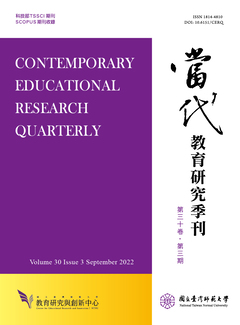

This study investigates the levels of information comprehension attained by students employing various information processing strategies to eliminate browsing disorientation. Six learning units are selected as digital multimedia materials. These units were originally designed as four forms of multimedia materials: WISP, combining written text with static pictures, STSP, combining spoken text with static pictures; WIAP, combining written text with animated pictures, and STAP, combining spoken text with animated pictures. Self-examination measures are developed or edited. The participants are composed of 428 fifth grade students in Taiwan, randomly assigned to four groups.Experimental results reveal that students who browse STSP or STAP constantly switch backwards and forwards between visual media and verbal media to receive information, However, students who browse WTSP or WTAP first read the entire written text, and then browse the picture. Results also reveal that students who browsed constantly switch backwards and forwards between visual media and verbal media to receive information had higher comprehension scores than other browsing strategies on retention level. Analytical results reveal that the combination of spoken text with animated pictures, which encourages browsing by constantly switching backwards and forwards between visual and voiced media, is the best digital multimedia browsing strategy.The results of this study not only are consistent with reports on multimedia learning by dual-channel theory, but also further indicate the integration strategy in the best comprehension.

This work is licensed under a Creative Commons Attribution-NonCommercial 3.0 Taiwan License.
Center for Educational Research and Innovation, National Tawain Normal University
162, Ho-Ping East Rd, Sec. 1, Taipei, Taiwan | Tel:+886-2-7749-3670 | E-mail: cerecerq@gmail.com
CERI | NTNU | E-mail Alerts | Open Journal System
© 2014 CERI-NTNU
